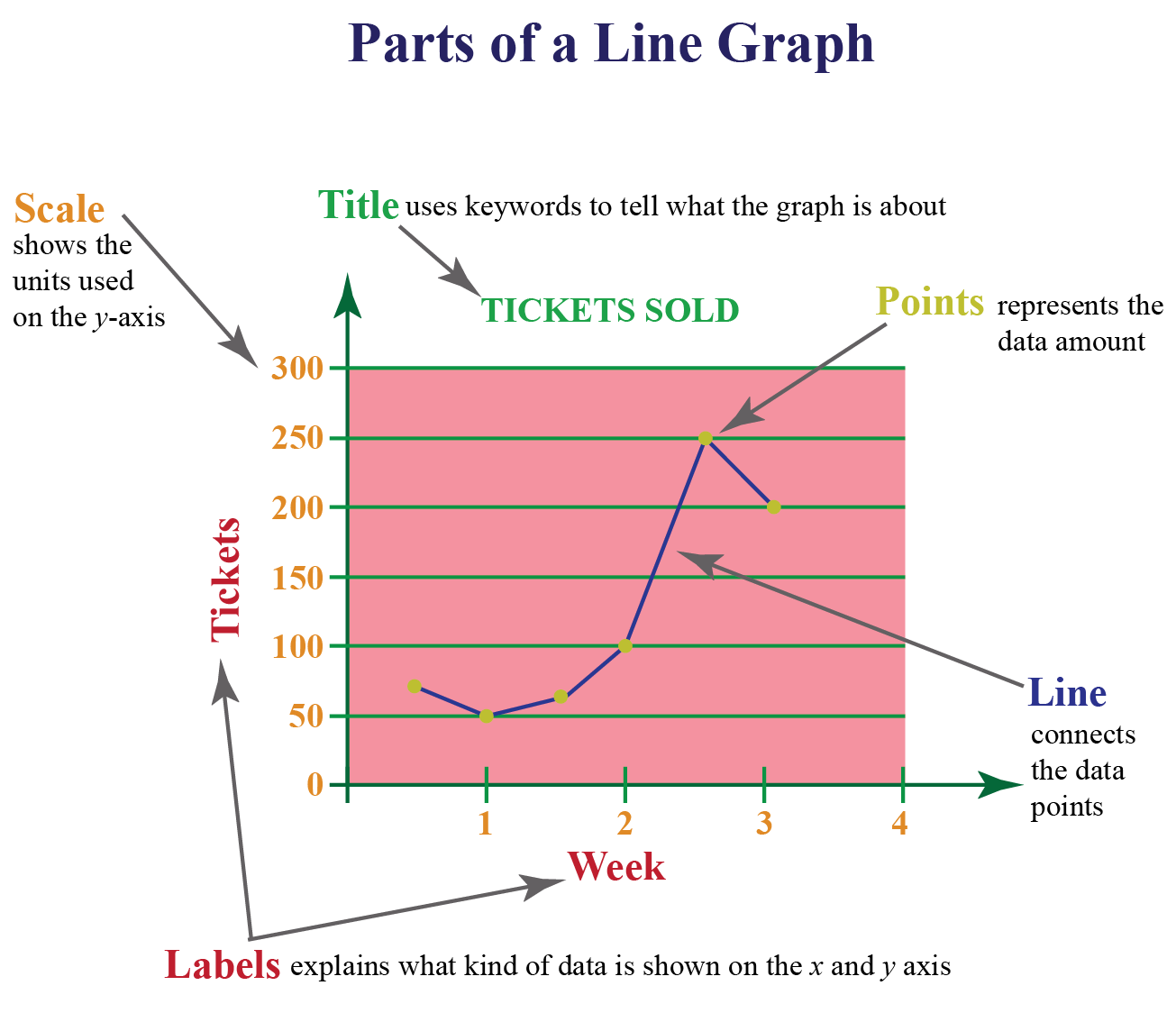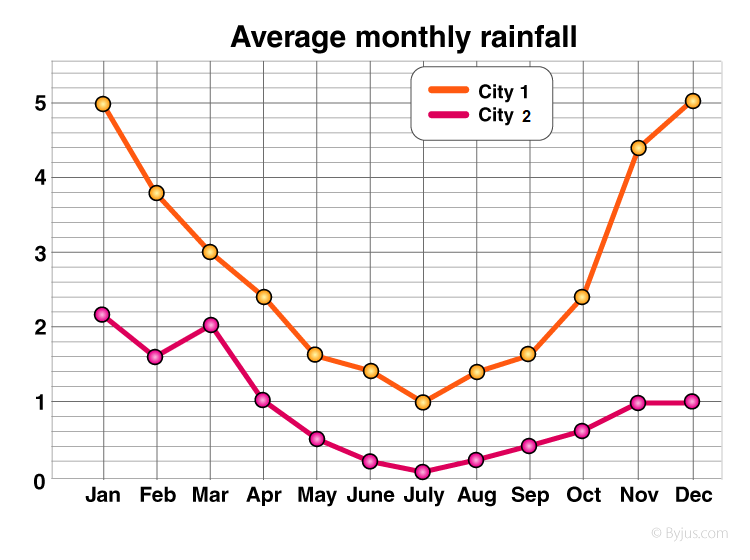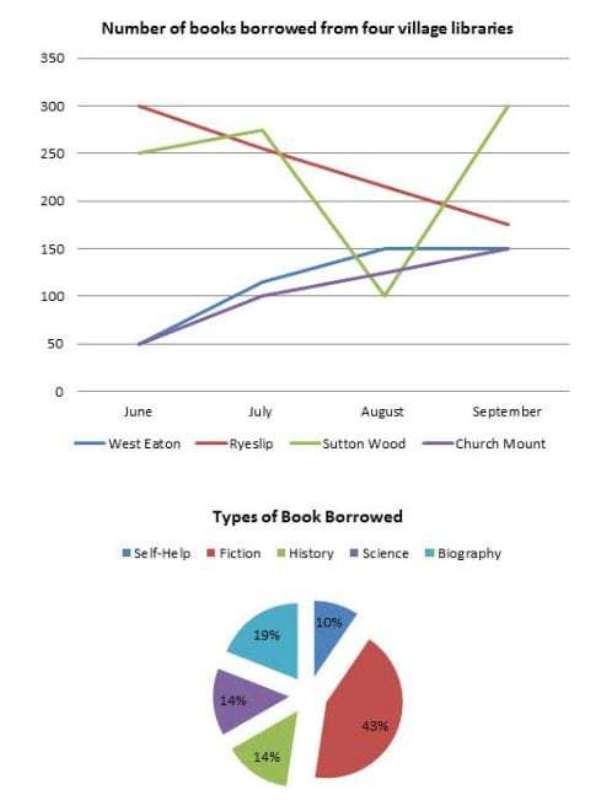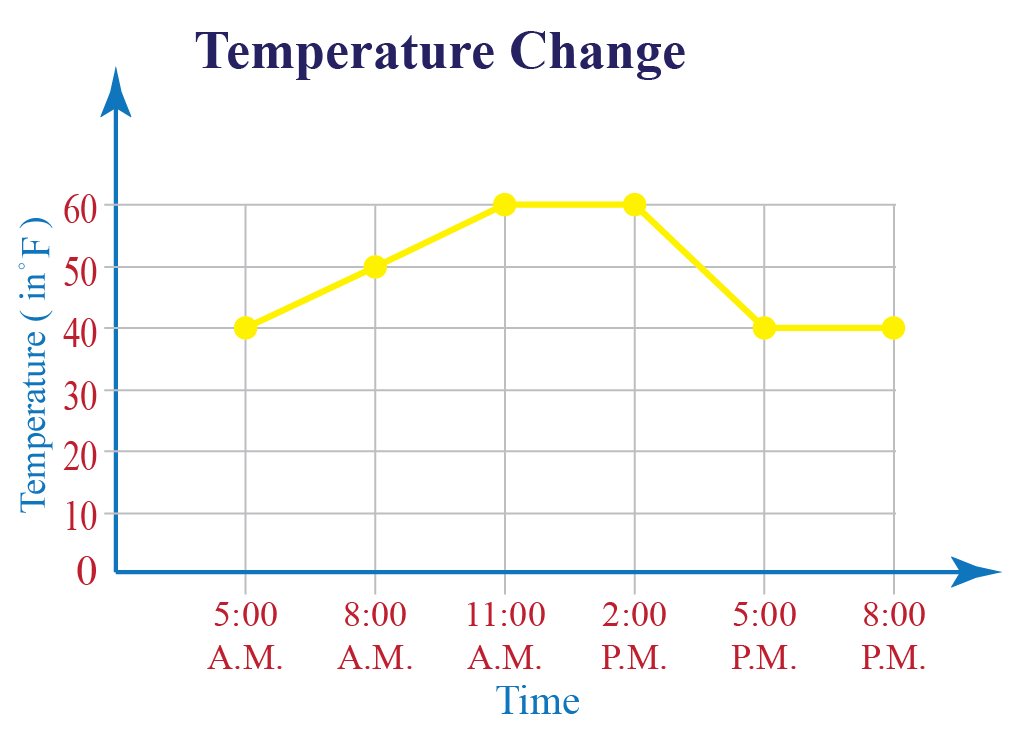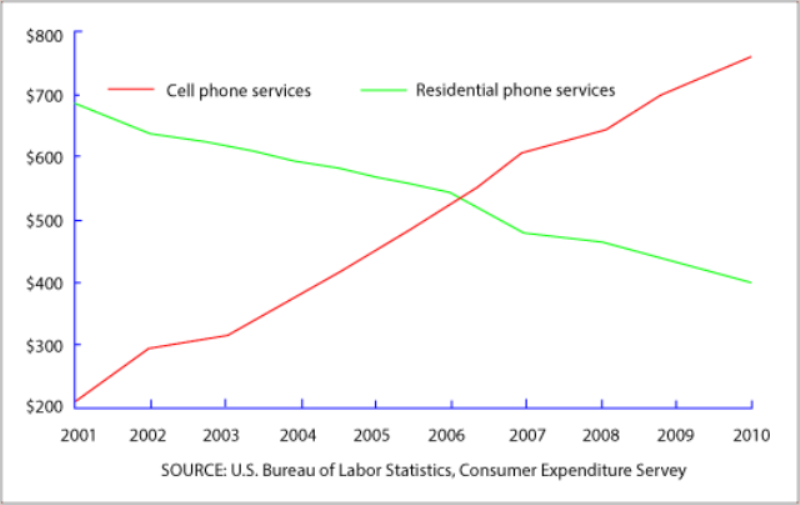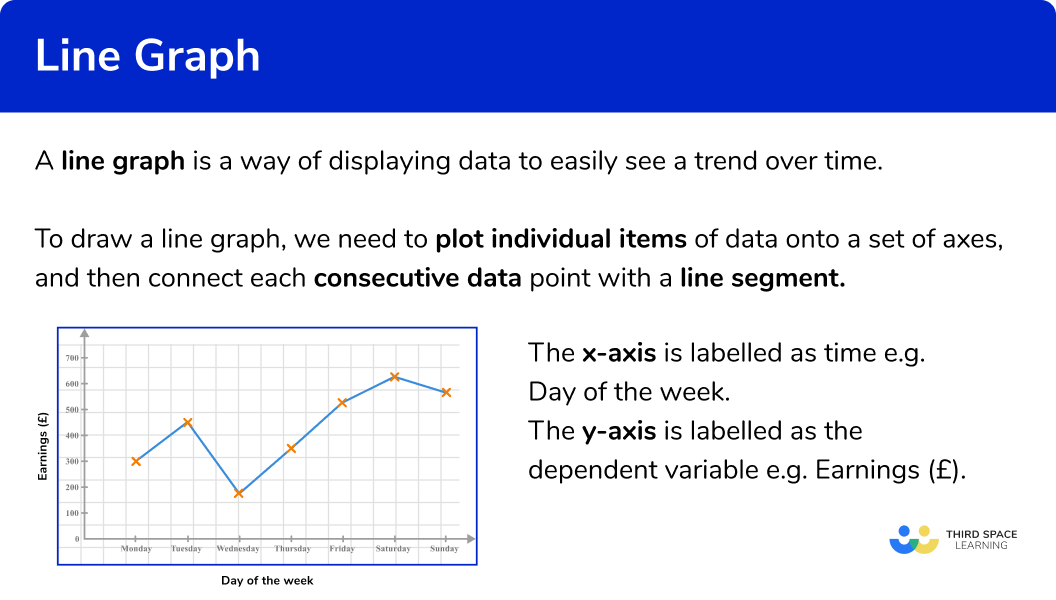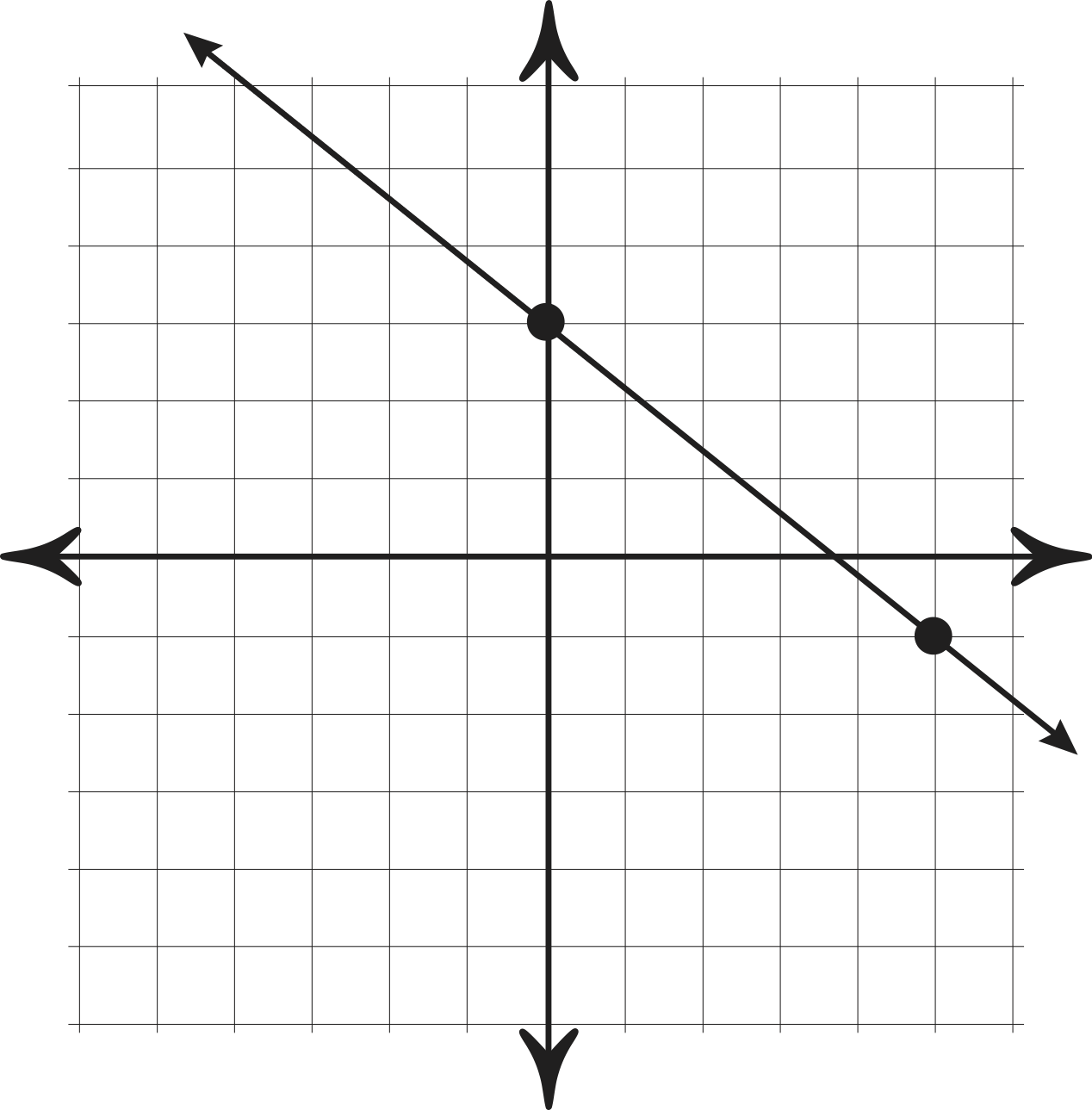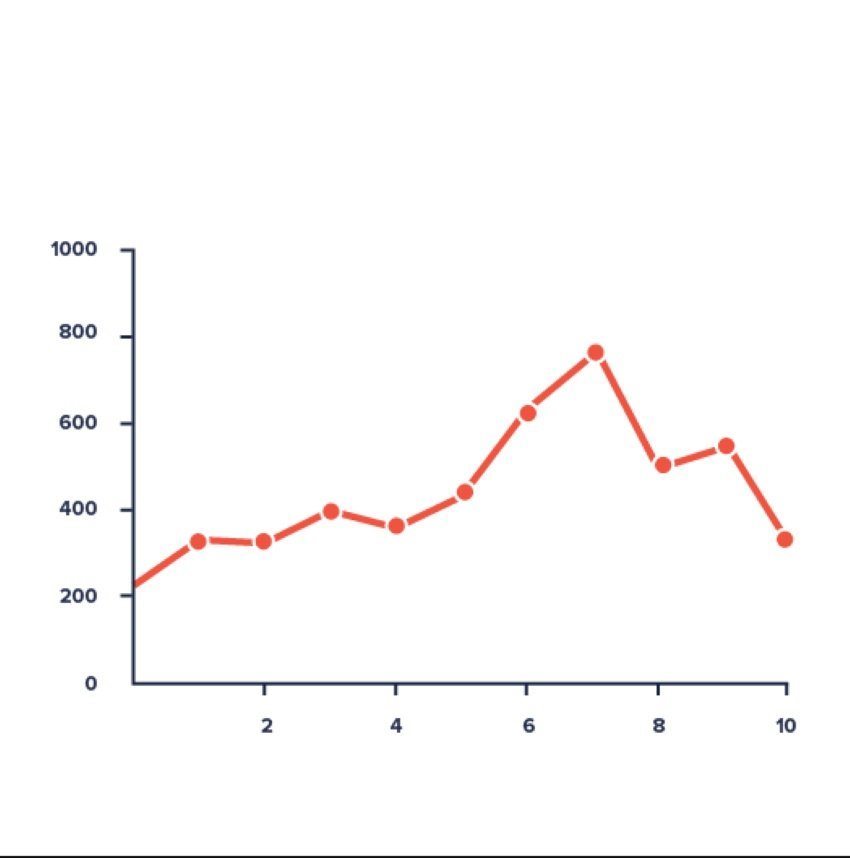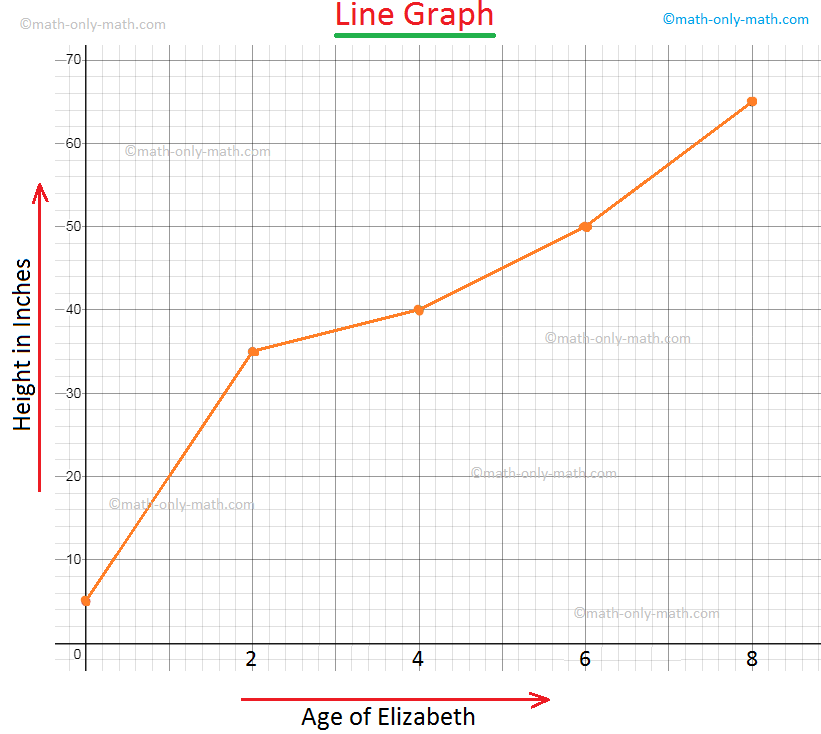Ideal Info About What Best Describes A Line Graph How To Update Horizontal Axis Labels In Excel

It helps to determine the relationship between two sets of values, with one data set always being dependent on the other data set.
What best describes a line graph. Use line charts to display a series of data points that are connected by lines. A line graph (or line chart) is a data visualization type used to observe how various data points, connected by straight lines, change over time. I made this image with ai — how to describe a graph in writing.
A line graph, also known as a line plot, visually connects numerical data with lines to display changes over time, effectively showing trends such as stock prices or weather patterns. A line graph is used to display data when one wants to show change over a period of time. A line graph, also known as a line chart or a line plot, is commonly drawn to show information that changes over time.
Just like other types of graphs and charts, line graphs are composed of a vertical and a horizontal axis. A line chart (aka line plot, line graph) uses points connected by line segments from left to right to demonstrate changes in value. A line graph is a graph that is used to display change over time as a series of data points connected by straight line segments on two axes.
Graph a line given a point and the slope. The graph shows how the dependent variable changes with any deviations in the independent variable. Learn how to describe a line graph.
What are line plots? Line graphs are essential for displaying changes over time. Line graphs consist of two axes:
We can draw a line graph by plotting points on the coordinate plane. For instance, it’s often used in business to show quarterly sales or yearly revenue growth. The graph below shows how people buy music.
Your first step should be to present the graph to your audience. How do you draw a line. Study with quizlet and memorize flashcards containing terms like graph comparing two variables;
A line chart, also known as a line graph, is a type of graphical representation used to display information that changes over time. Refer to the graph below to answer each question. In this chapter, we graphed lines by plotting points, by using intercepts, and by recognizing horizontal and vertical lines.
Line plots are also called dot plots. It is often used to identify and interpret trends, patterns, and relationships in continuous data. Sometimes, we will be given one point and the slope of the line, instead of its equation.
Each data point is plotted and connected by a line, making it perfect for tracking trends or progressions. A prediction from a line graph is. Let’s go over the general process for how to do this.
:max_bytes(150000):strip_icc()/Clipboard01-e492dc63bb794908b0262b0914b6d64c.jpg)

